Introduction
Also known as Mexican turnip, Mexican yam, or Mexican potato, Jicama is an excellent source of dietary fiber, and it also contains inulin, which acts like a prebiotic. Although cats shouldn’t eat jicama, it is a safe food for dogs (except the leaves).
Benefits for dogs
Vitamins
Jicama contains both of these vitamins, which are known to have a positive effect on a dog’s immune system. Vitamin A is essential for eye health but also for skin health, as well as the way red blood cells function.
As for vitamin C, it is widely known that it can lower heart disease risks and significantly reduce the risk of pets developing chronic conditions of any kind. It also boosts immunity and protects the nervous system.
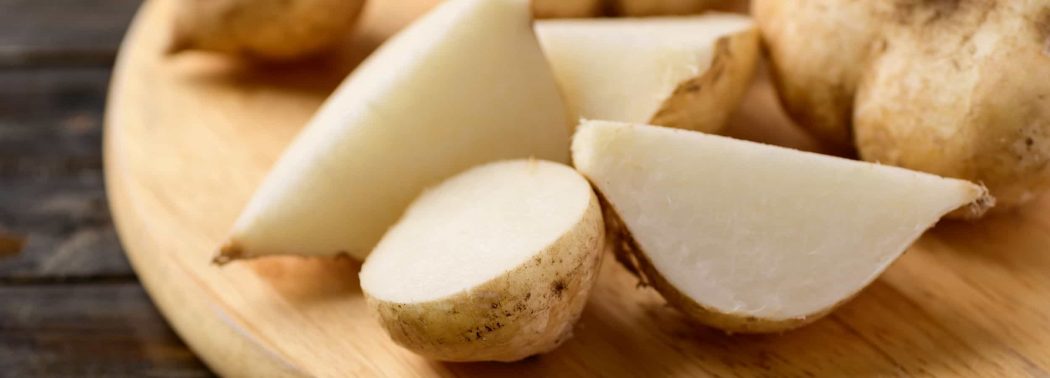
Inulin
This type of dietary fiber has a number of benefits, from aiding digestive health to assisting dogs in losing weight. It also keeps blood sugar under control, so your dog has a lower risk of developing diabetes.
Furthermore, it influences the way your dog’s food is digested as inulin slows digestion, on the whole, allowing your pet’s body to better absorb the nutrients.
Calcium and phosphorus
These two minerals are particularly essential for young dogs, those that are under the age of one year.
Some dog breeds are prone to developing osteo-skeletal health issues such as rickets, so adding calcium and phosphorus supplements to their diet has a beneficial effect. Jicama is naturally rich in calcium and phosphorus.
Low in calories
Pet obesity is a great problem nowadays as most commercial dog food varieties contain additives and preservatives that are not only unnecessary, but that can make a dog become addicted to their taste.
If you see that your dog likes jicama, you can add it to his or her diet as a snack without worrying that it will influence your dog’s appetite or weight.
How much to feed
The most important thing to keep in mind when adding new foods to your dog’s diet is that you have to do it gradually. This is especially true with dogs that have a history of gastrointestinal distress, such as vomiting or diarrhea.
One-fourth of a cup of jicama can provide your pet with important antioxidants such as selenium, vitamin C, as well as beta carotene.
However, the amount of jicama that is safe also depends on how big your dog is. Check out the table below for several pointers in this sense. Don’t forget to ask your vet before feeding jicama to your pet.
Potential risks
Toxicity
The only part that is safe to feed to your dog is the root bulb. The leaves, seeds, as well as its bean pods, are all dangerous and can lead to a case of intoxication in dogs. If you grow jicama in your garden, make sure that your pet doesn’t nibble on the parts of the plant that are above the ground. If you want to make jicama stock and you want to use the leaves and skin, you should never give your dog the water in which it has boiled. This, too, can be toxic.
Preparing the food
Clean the jicama well by washing it in the sink and then peel it completely. You can serve it to your dog in its raw state by cutting the jicama into sticks. Cooked jicama is also safe for dogs, so long as it does not contain any spices, condiments, or salt.
Serving ideas
Raw
If you want your dog to get all of the benefits that we have previously mentioned, the best way of feeding jicama to your pet would be to leave it raw. When cooking jicama, some of the fiber, vitamins, and minerals can become lost in the water or sauce (depending on your cooking method).
You can give your dog some jicama when you plan on cooking with it. Like any other plant, even roots, it tends to become oxidized if you leave it at room temperature or in the refrigerator. Its consistency and appearance will change, so fresh jicama is the best choice.
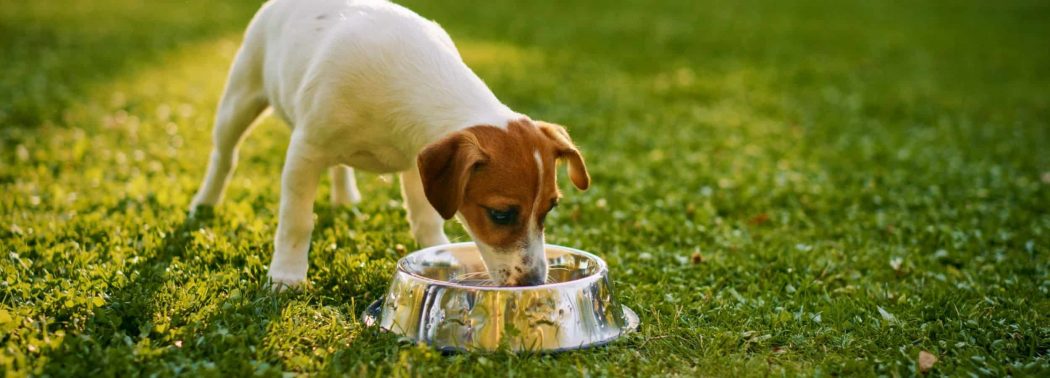
Baked jicama fries
If you don’t add any condiments or seasonings to oven-baked jicama fries, they are also safe to feed to your dog.
However, since you might want to use flavors for yourself, we recommend placing all of the sticks in the same pan but separating those that you’ll give to your dog into a corner so that you don’t spray oils or sprinkle spices on them. You can use the same cooking method to make jicama chips for dogs.
Conclusion
If you make sure that your dog does not have access to any of the other parts of the jicama plant beside the bulb itself, you can safely add this food to your dog’s diet. It is rich in a number of essential nutrients, ranging from vitamins to minerals, all of which can have a positive effect on your dog’s health.
On top of everything, jicama can regulate a dog’s digestion due to its fiber content. Therefore, it is a great addition for dogs with a history of gastrointestinal problems, whether diarrhea or constipation.
Since it is a new food, always make sure to feed your dog very small amounts before making it a regular weekly treat.
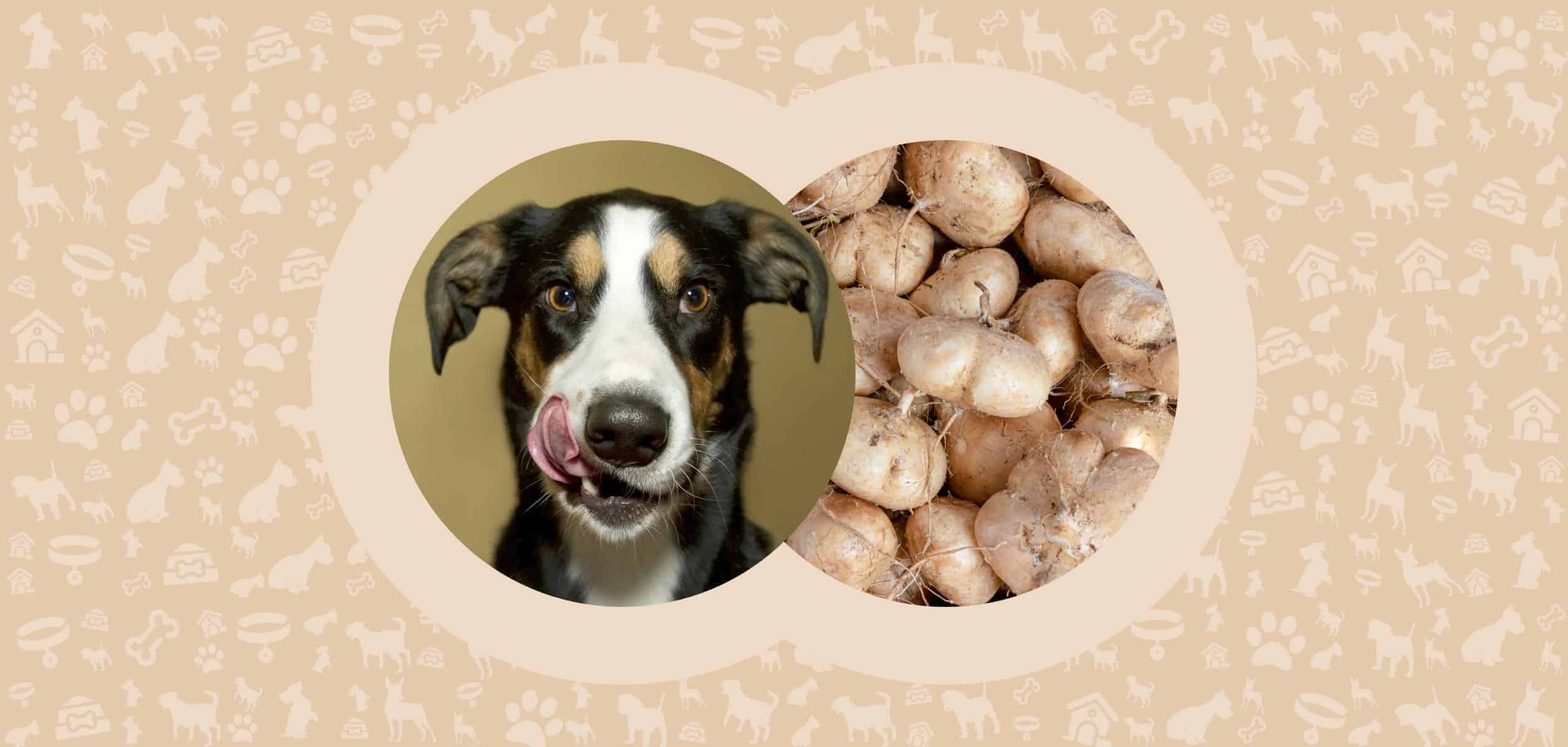
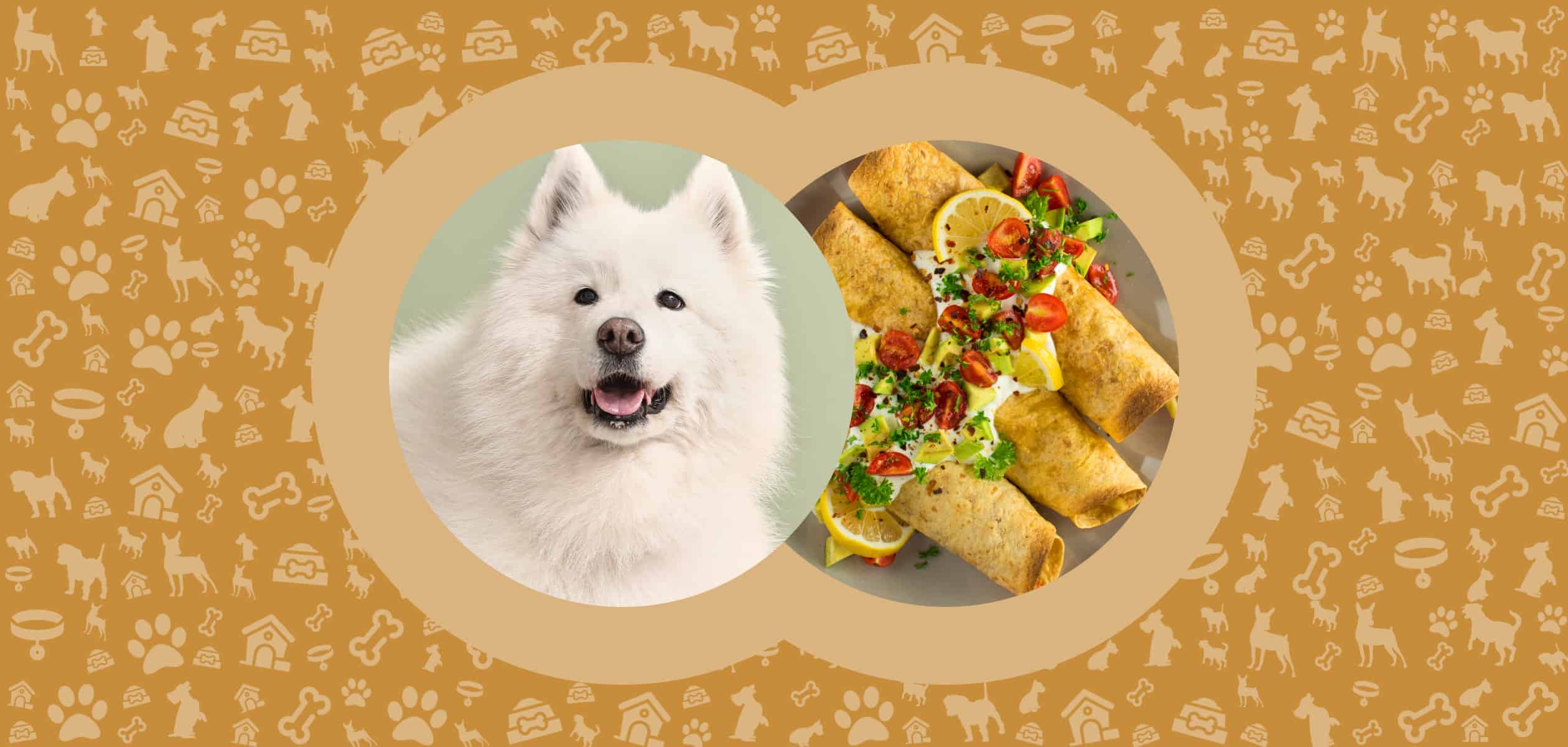
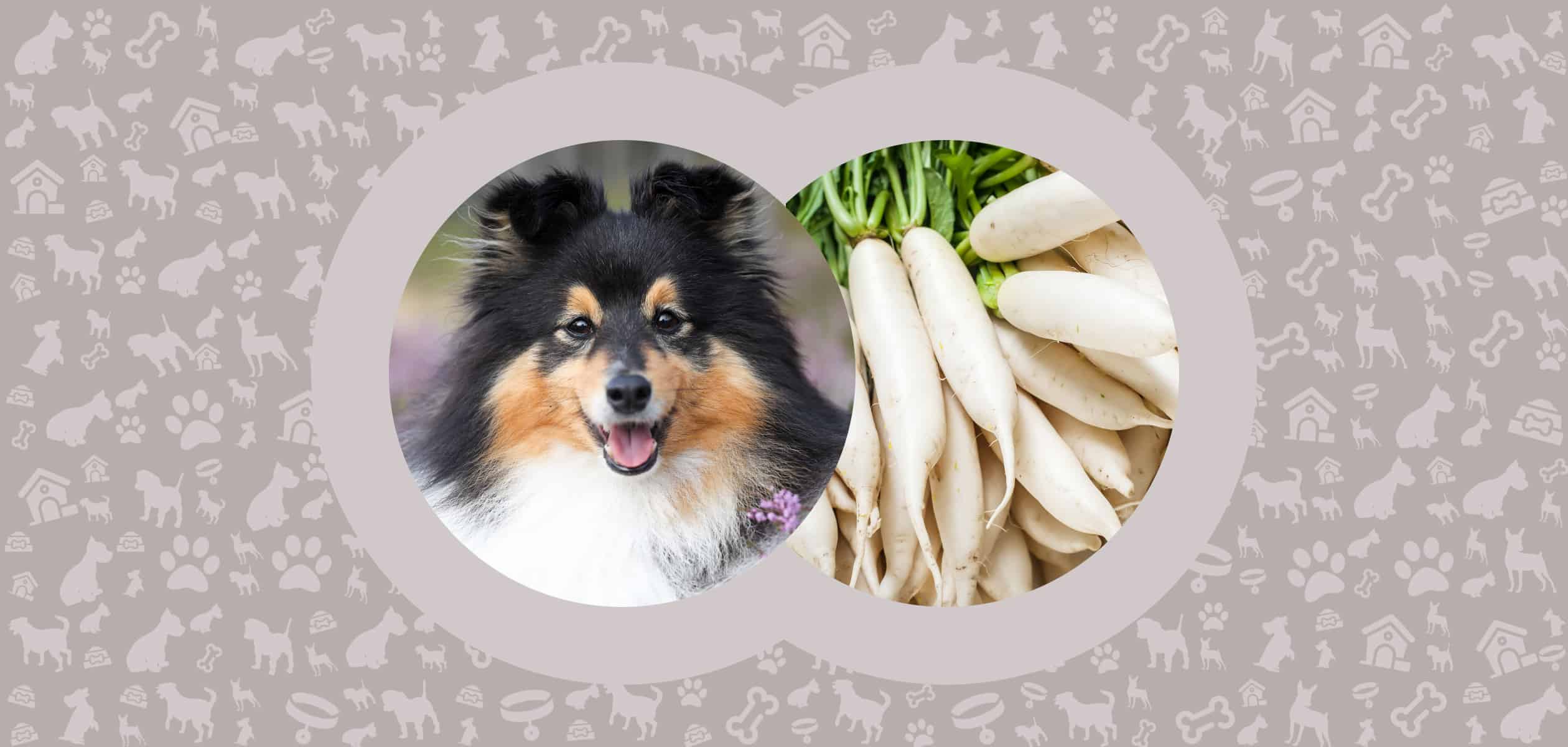
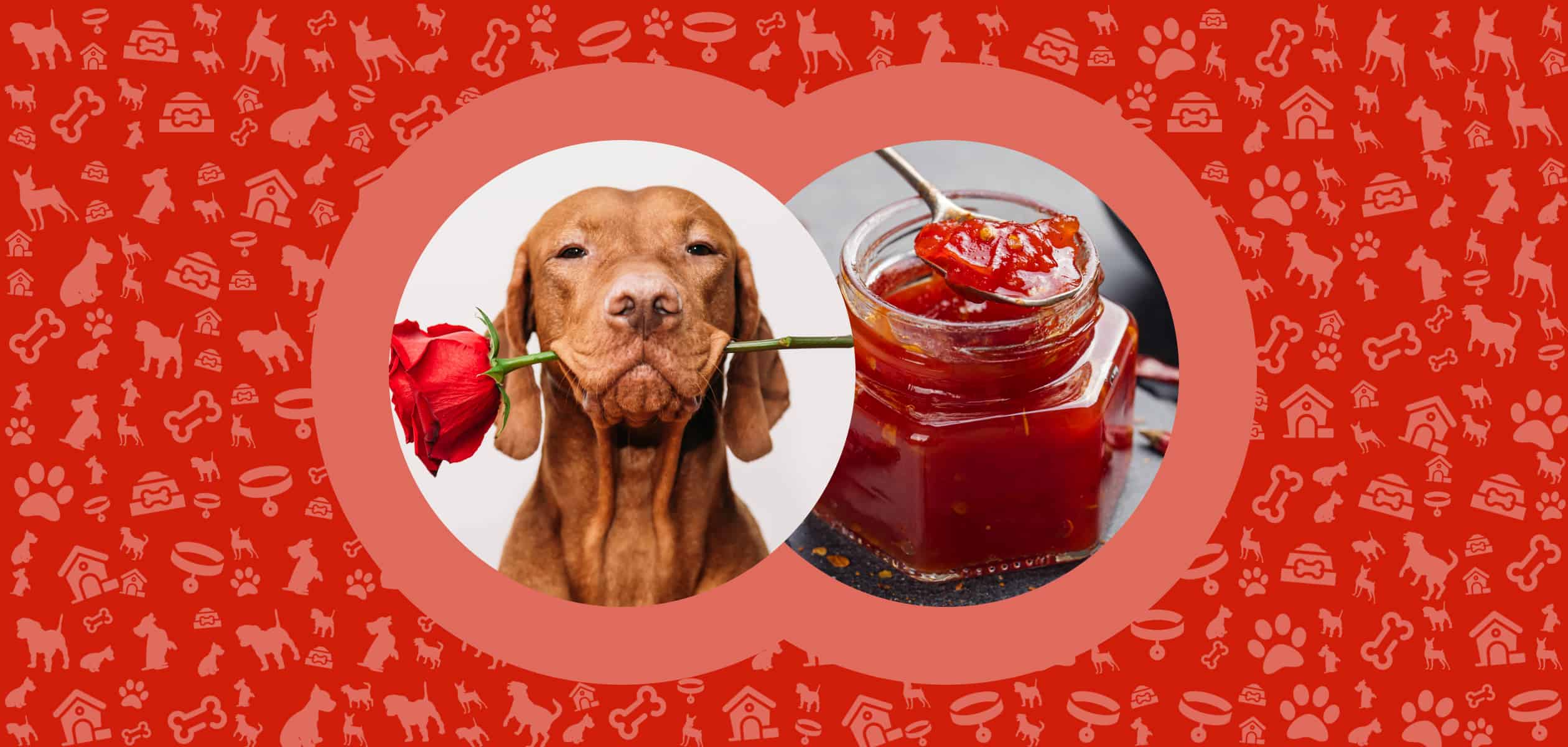
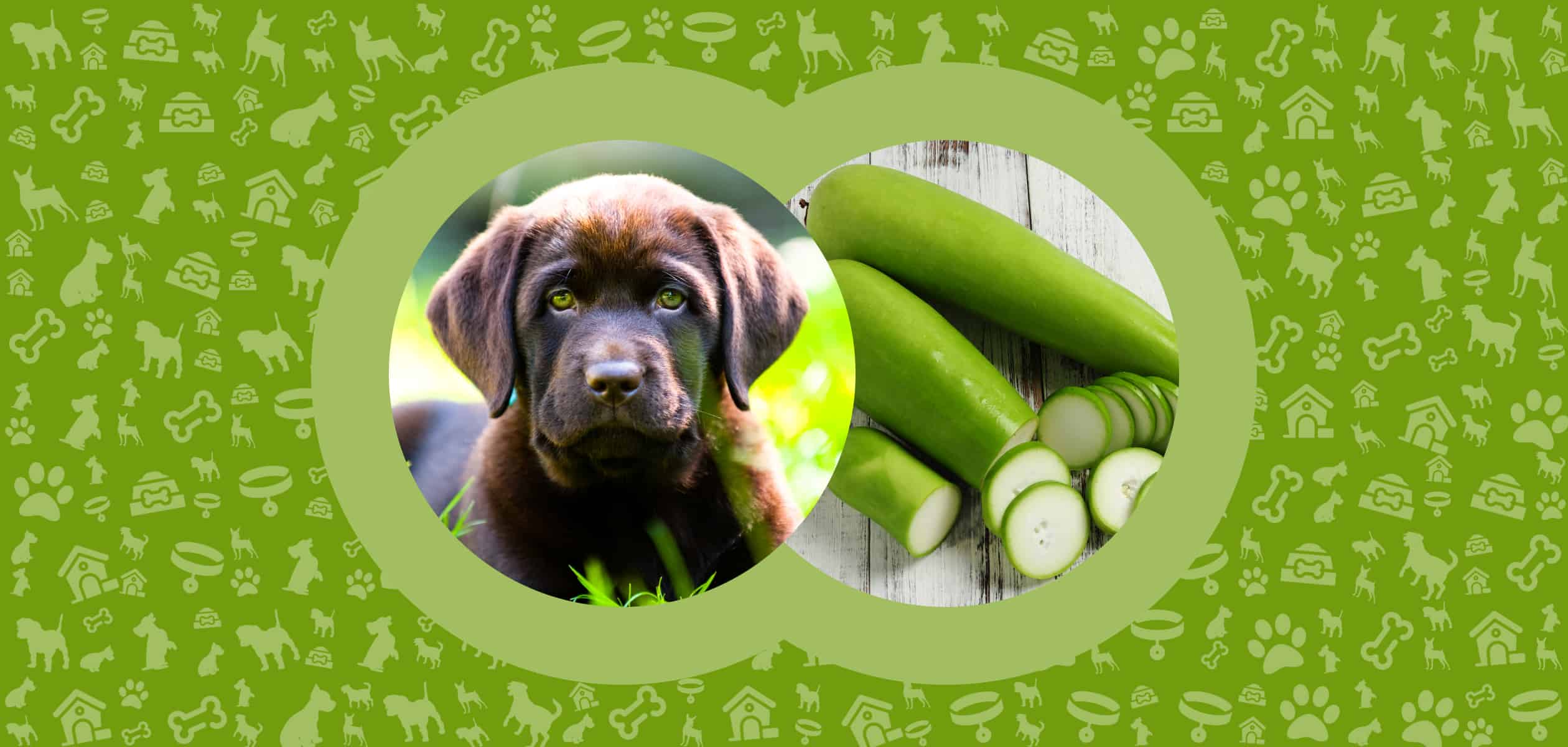
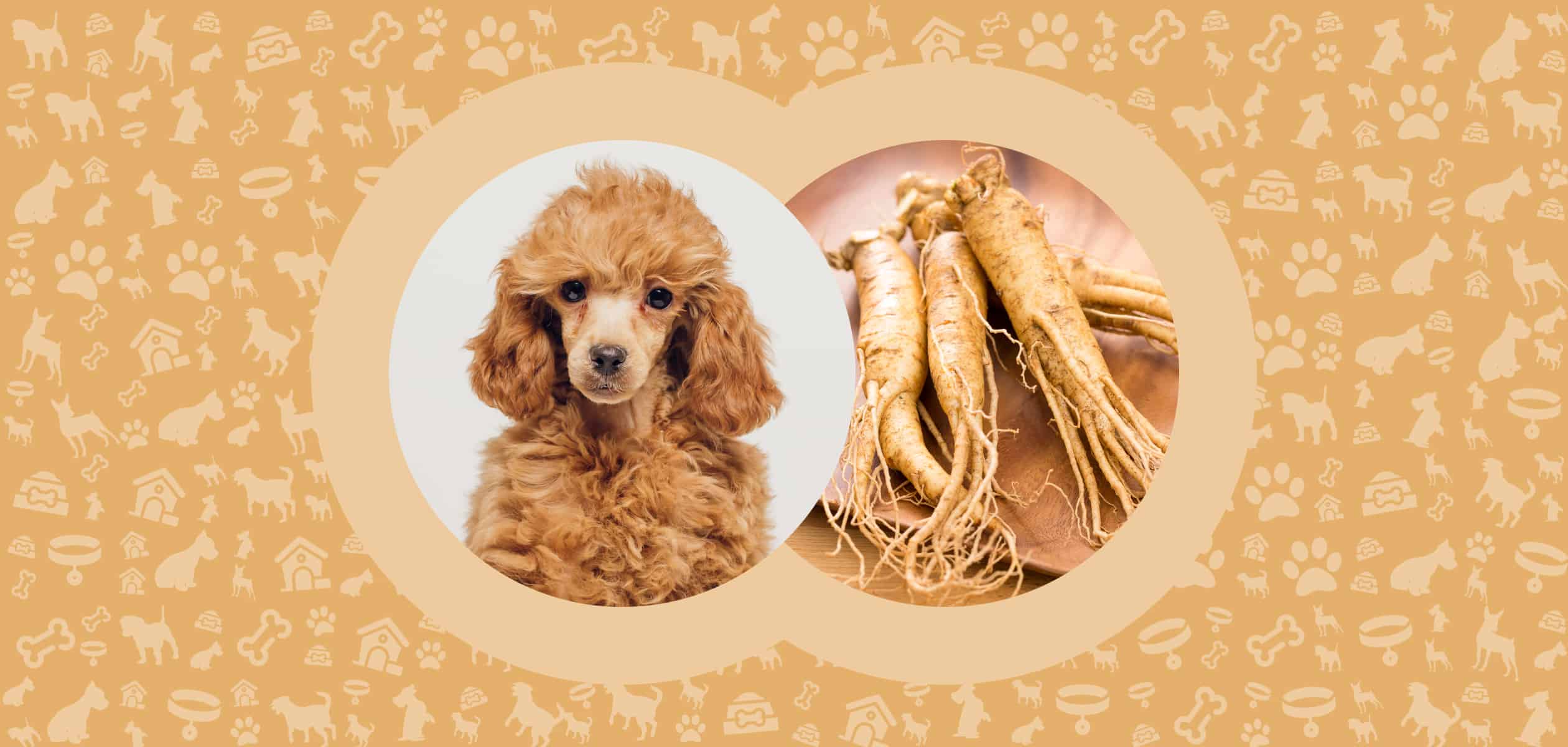
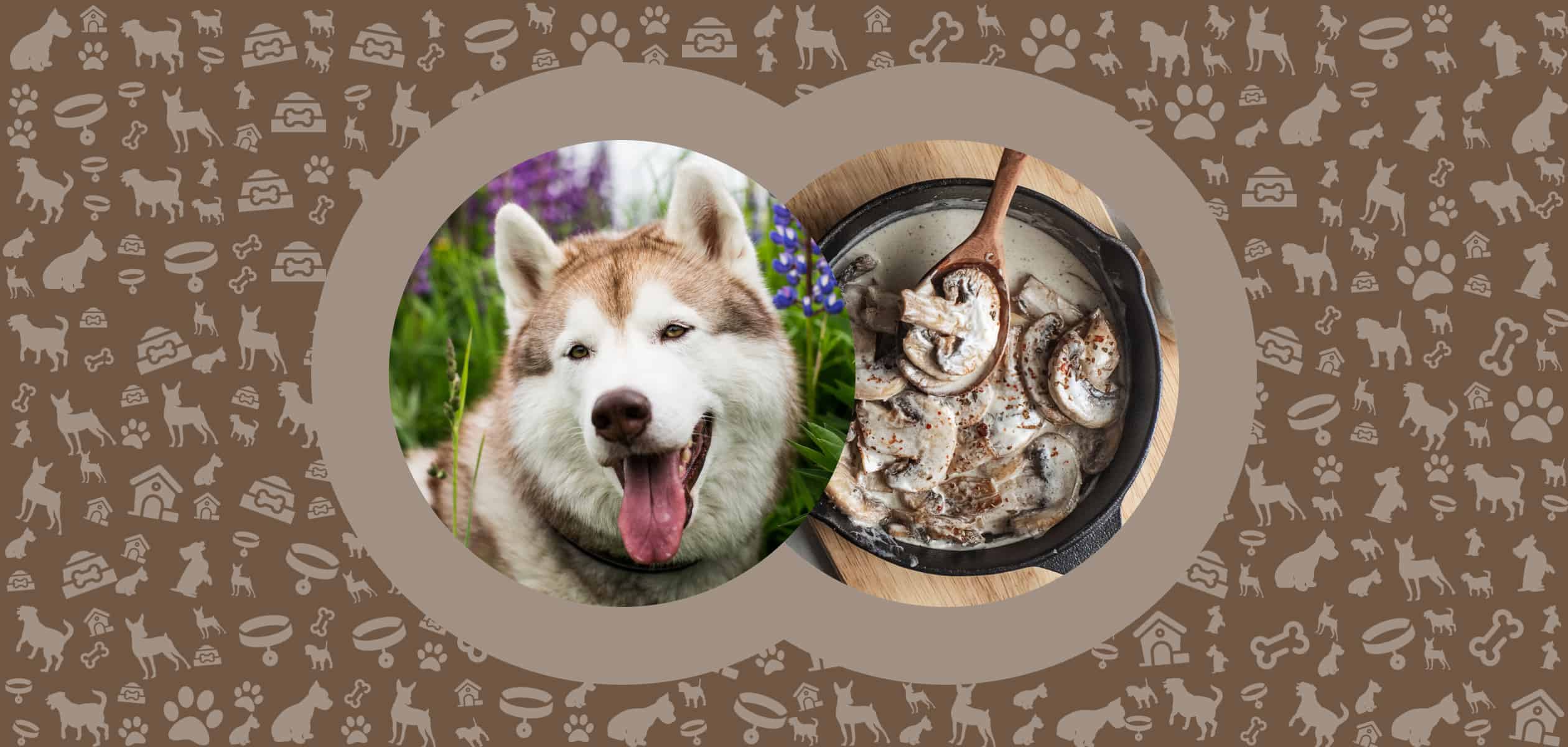
Leave a Comment